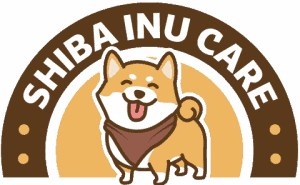This post contains affiliate links.
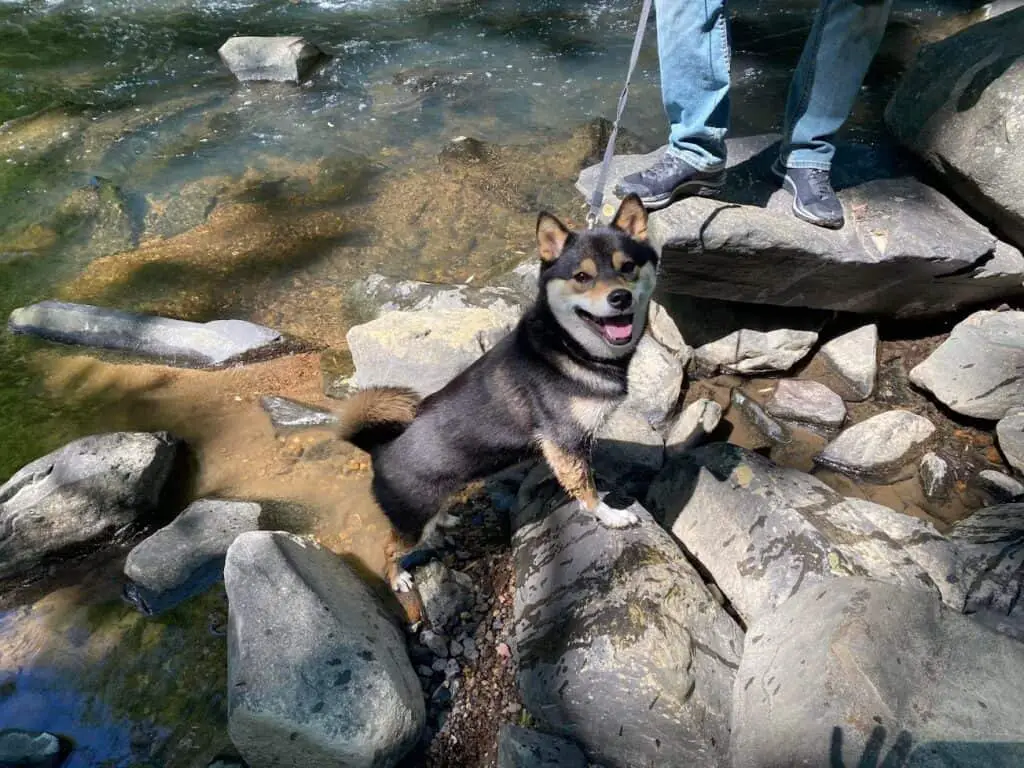
Are you a fan of Shiba Inu? These adorable, small dogs have become increasingly popular in recent years, and it’s not hard to see why. Not only are they cute, but they’re also intelligent, loyal, and full of personality.
1) Shibas Are An Ancient Breed
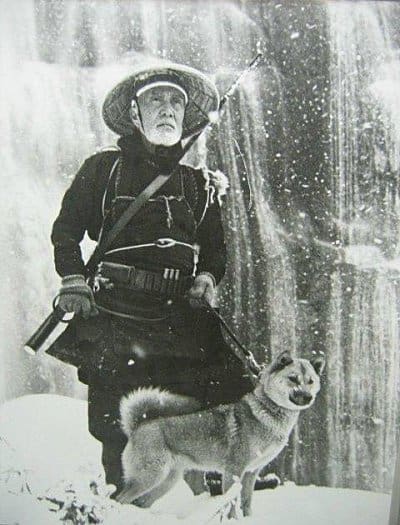
Shiba Inus is one of the oldest dog breeds in Japan, with a history dating back to the third century BC. They were originally bred as hunting dogs, and their name “Shiba” means “brushwood” in Japanese, which refers to the terrain they were used for hunting.
Shibas are part of the spitz family of dogs, which includes breeds like the Siberian husky and the Alaskan malamute. They are known for their thick fur, pointed ears, and curled tails.
Despite their ancient roots, the Shiba Inu breed almost became extinct after World War II due to a combination of factors, including urbanization and a distemper epidemic. However, dedicated breeders were able to revive the breed, and it has since become a beloved companion dog around the world.
Today, Shibas are known for their spirited personalities and independent nature. They can be stubborn and difficult to train, but they can make loyal and affectionate pets with patience and consistency.
2) Shiba Inu Are Considered A Basal Dog Breed
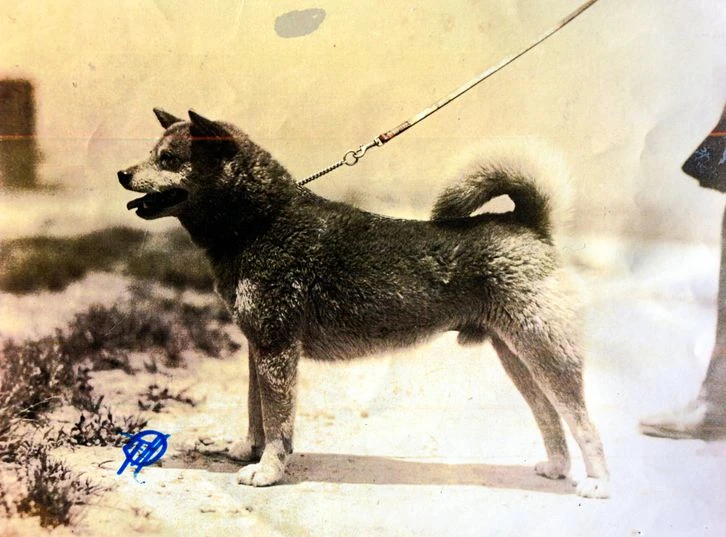
Shiba Inu is a small to medium-sized dog breed that originated in Japan. They are one of the six native Japanese dog breeds, which also include Akita, Shikoku, Kishu, Hokkaido, and Kai Ken. Shiba Inu is considered a basal dog breed, which means they are one of the oldest dog breeds in the world and have remained relatively unchanged over time.
Basal dog breeds are those that have evolved separately from other dog breeds for thousands of years. They are believed to be the closest living relatives of the ancient dogs that humans domesticated. Shiba Inu is thought to have originated from the Jomon period (14,000-300 BC) in Japan, which makes them one of the oldest dog breeds in the world.
Shiba Inu shares many similarities with the Akita, which is another Japanese dog breed. Both breeds are known for their loyalty, intelligence, and independent nature. However, Shiba Inu is smaller in size and has a different temperament than Akita. Shiba Inu is more active and playful, while Akita is more reserved and calm.
Despite being a basal dog breed, Shiba Inu has recently gained popularity worldwide. They are known for their cute appearance, loyalty, and affectionate nature. Shiba Inu is also a versatile dog breed that can adapt to different living conditions. They are suitable for both apartments and houses as long as they get enough exercise and mental stimulation.
3) Their Name Means “Brushwood Dog”
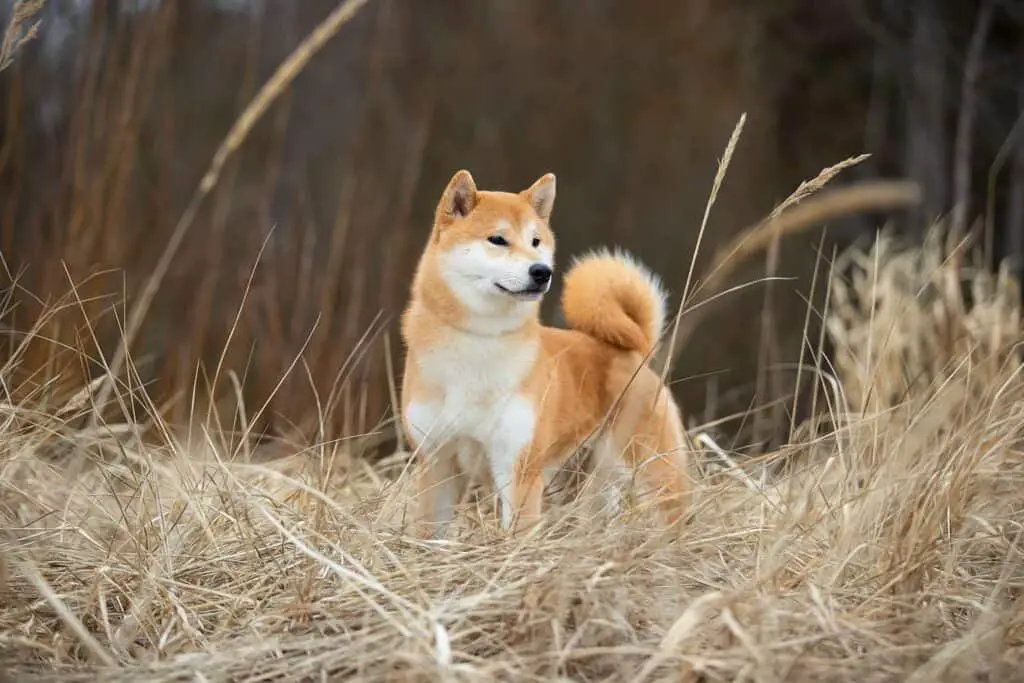
The Shiba Inu’s name is derived from the brushwood bushes in which they were originally bred to hunt. The word “Shiba” translates to brushwood or small brush, and “inu” means dog in Japanese. This breed was originally bred in Japan for hunting small game, such as birds and rabbits, in the country’s mountainous regions.
The Shiba Inu’s name is fitting, as their coat color and texture can resemble the color and texture of brushwood. Their coat can come in a variety of colors, including red, black and tan, and sesame. Their fur is thick and plush, with a dense undercoat that helps keep them warm in colder weather.
The name “brushwood dog” also reflects the Shiba Inu’s independent and self-sufficient nature. Like the brushwood they were named after, Shiba Inus are hardy, resilient, and able to thrive in a variety of environments. They are known for their loyalty and devotion to their family but can also be aloof and independent at times.
4) The Origin Of Their Name Is A Mystery
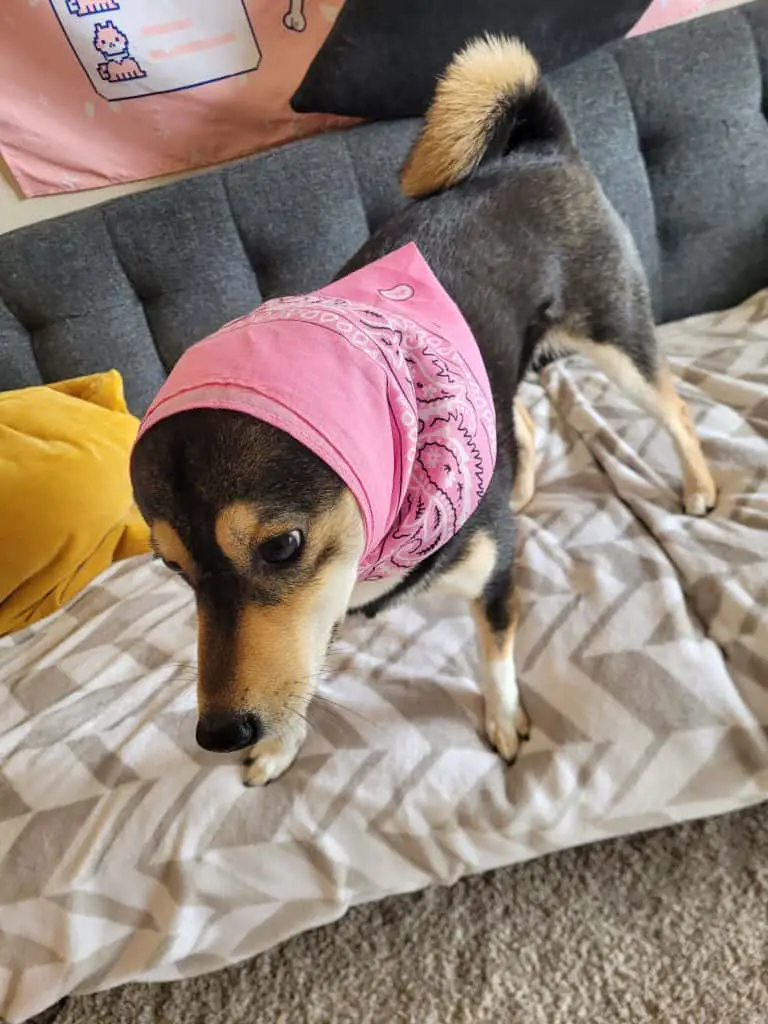
The name “Shiba Inu” is a bit of a mystery, as no one knows for sure how it originated. However, there are a few theories that attempt to explain its meaning.
One theory is that the word “Shiba” means “brushwood” in Japanese, which refers to the breed’s fur color. The word “inu” means “dog,” so “Shiba Inu” translates to “brushwood dog.”
Another theory is that the name comes from the Shiba region in Japan, where the breed originated. In this theory, “Shiba” means “small” or “little,” so “Shiba Inu” would mean “little dog from the Shiba region.”
Regardless of its origin, the name “Shiba Inu” has become synonymous with the breed’s unique characteristics, such as its fox-like appearance, independent nature, and playful personality.
In any case, the name “Shiba Inu” is a fitting title for this beloved breed, and it will likely remain a mystery as to how it came to be.
5) Shiba’s Were Originally Hunting Dogs
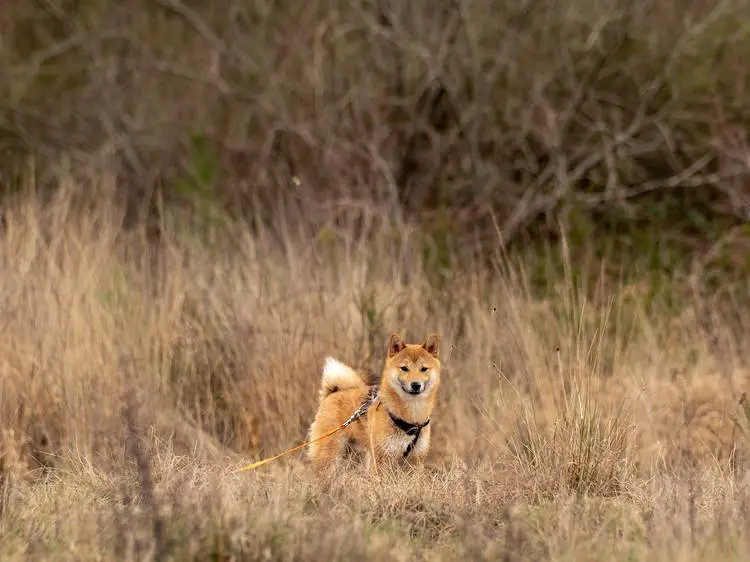
Shiba Inus are a breed of dog that originated in Japan and were originally bred as hunting dogs. They were used to hunt small game like birds and rabbits, as well as larger animals like wild boar and deer. The breed’s small size and agility made them ideal for hunting in the dense forests of Japan.
The Shiba Inu’s hunting instincts are still present in the breed today, and they have a strong prey drive. This means that they may chase after small animals like squirrels or rabbits if they catch their scent. Keeping them on a leash or in a securely fenced area is important to prevent them from running off after prey.
The breed’s hunting heritage also means that they have a high energy level and need plenty of exercise. Regular walks and playtime are important for keeping them happy and healthy. They also enjoy activities like hiking and agility training, which allow them to use their natural athleticism.
6) Shibas Inu Are One Of The Most Popular Breeds In Japan
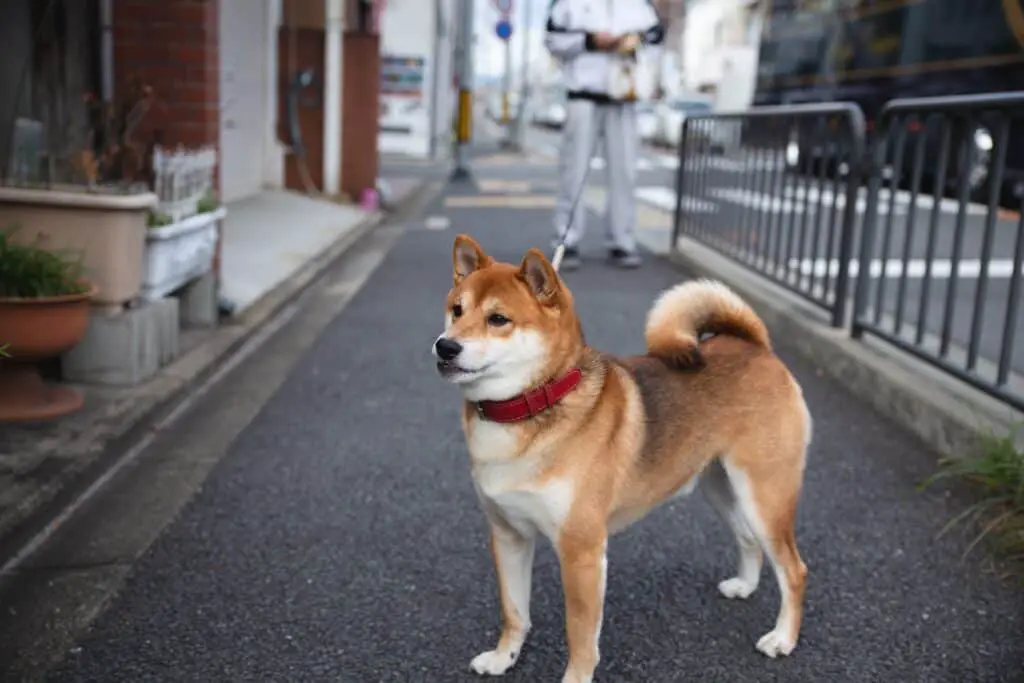
If you’ve spent any time in Japan, you’ve likely seen a Shiba Inu. These little dogs are one of the most popular breeds in the country, and for good reason. They’re cute, intelligent, and make great pets.
Shiba Inus have been around for centuries and were originally bred for hunting. Today, they’re more commonly kept as pets, but their hunting instincts are still strong. They’re known for their independent nature, which can make them a bit challenging to train, but they’re also very loyal to their owners.
In Japan, Shiba Inus are so popular that they’re often used in advertising campaigns. They’ve even been featured in a number of TV shows and movies. And if you visit Japan, you’ll likely see Shiba Inus everywhere you go. They’re often taken out for walks by their owners, who are proud to show off their furry friends.
7) There Used To Be Three Kinds Of Shibas
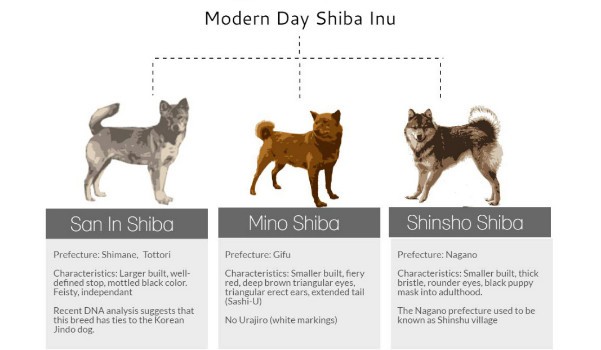
At one point in time, there were three distinct types of Shiba Inu breeds: the Mino, Shinshu, and Sanin. These breeds were named after the regions they originated from in Japan.
The Mino Shiba was named after the Mino Province, which is now known as Gifu Prefecture. This breed was known for its smaller size and reddish coat. The Mino Shiba was the rarest of the three breeds and is now extinct.
The Shinshu Shiba was named after the Shinshu region, which is now known as Nagano Prefecture. This breed was known for its larger size and black and tan coat. The Shinshu Shiba is also extinct.
The Sanin Shiba was named after the Sanin region, which is now known as the Tottori and Shimane Prefectures. This breed was known for its medium size and brindle coat. The Sanin Shiba is still around today, but it is very rare and difficult to find.
While these three breeds are no longer recognized as distinct types of Shibas, their legacy lives on in the modern Shiba Inu breed. Today, all Shiba Inus are considered to be one breed with variations in coat color and size.
8) Shibas Almost Went Extinct
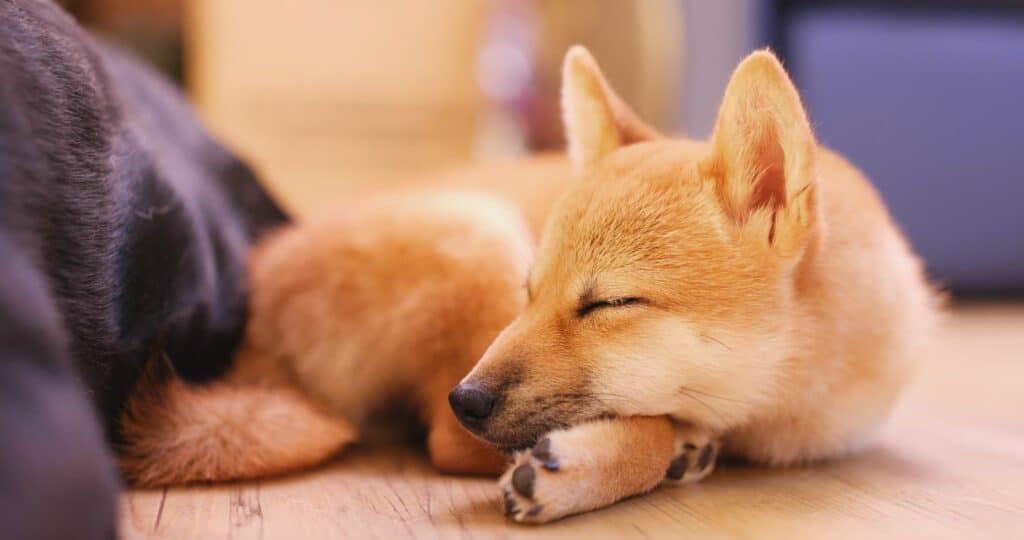
You may not know this, but Shibas almost went extinct after World War II. Many dogs were killed during the war, and the Shiba population drastically decreased. After the war, the remaining Shibas were crossbred with other breeds, which further reduced the purebred Shiba population.
In the 1950s, a group of breeders worked tirelessly to save the Shiba breed. They traveled throughout Japan, searching for purebred Shibas to breed. They were successful in finding enough purebred Shibas to continue the breed, but it was a close call.
Today, the Shiba breed is still considered rare, but it has made a comeback in popularity. However, it is important to remember that Shibas are still at risk of extinction if breeding is not carefully managed.
9) Shibas Are Not Related To Foxes
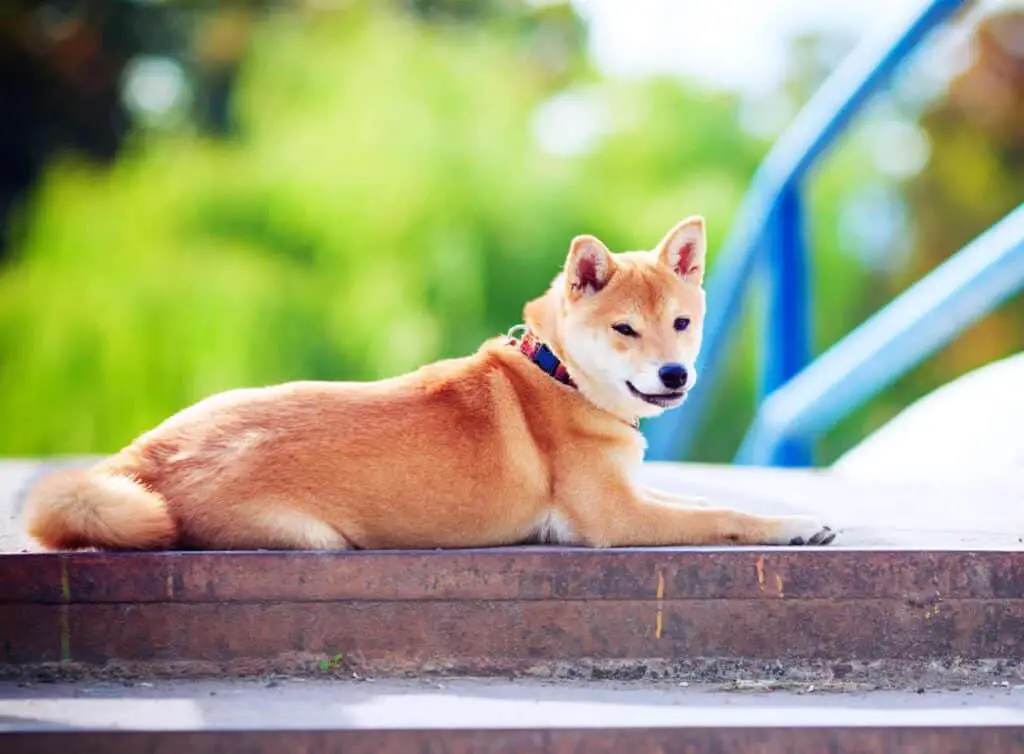
Despite their striking resemblance to foxes, Shibas are not related to foxes. Shibas are a breed of dog, while foxes are a type of wild animal.
Shibas are often compared to foxes due to their similar physical characteristics, such as their pointed ears, fluffy tails, and fox-like faces. However, these similarities are purely coincidental and are not indicative of any genetic relationship between the two species.
One of the main differences between Shibas and foxes is their behavior. Shibas are domesticated dogs and have been bred for thousands of years to be loyal companions to humans. Foxes, on the other hand, are wild animals and are not suitable as pets.
Another difference between Shibas and foxes is their diet. Shibas are carnivores and require a diet that is high in protein. On the other hand, Foxes are omnivores and eat various foods, including insects, fruits, and small animals.
10) Shiba Inus Have An Independent Nature
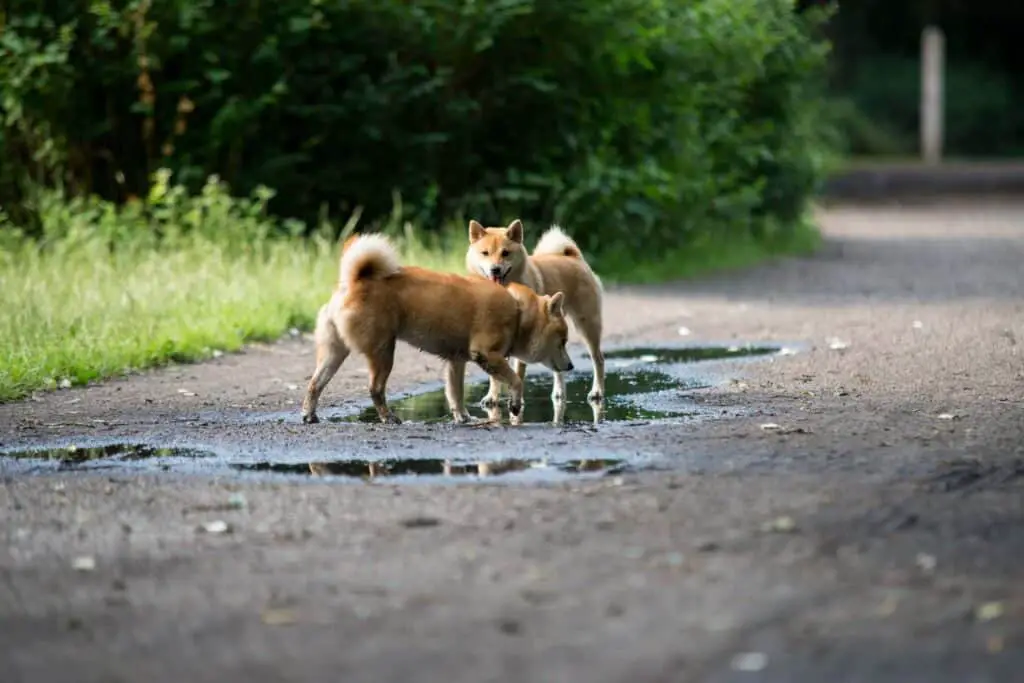
If you’re looking for an independent and self-sufficient dog, the Shiba Inu might be the right breed for you. These dogs are known for their independent nature, which can make them a bit challenging to train, but also make them great companions for people who value their independence.
Shiba Inus are not the type of dogs that will constantly seek attention from their owners. They are content to be left alone for periods of time, and they don’t require constant stimulation or entertainment. This independent nature can be a plus for people who work long hours or have busy schedules.
However, it’s important to note that this independent streak can also make Shiba Inus a bit stubborn and difficult to train. They are intelligent dogs, but they can be resistant to commands and may not always follow through with what you ask of them. It’s important to be patient and persistent when training a Shiba Inu and to use positive reinforcement techniques to encourage good behavior.
Despite their independent nature, Shiba Inus are still loyal and affectionate dogs. They may not always seek out attention, but they still enjoy spending time with their owners and being part of the family. If you’re looking for a dog that’s not overly needy or clingy but still makes a great companion, a Shiba Inu could be the perfect choice for you.
11) Shibas Have Many Cat-Like Qualities
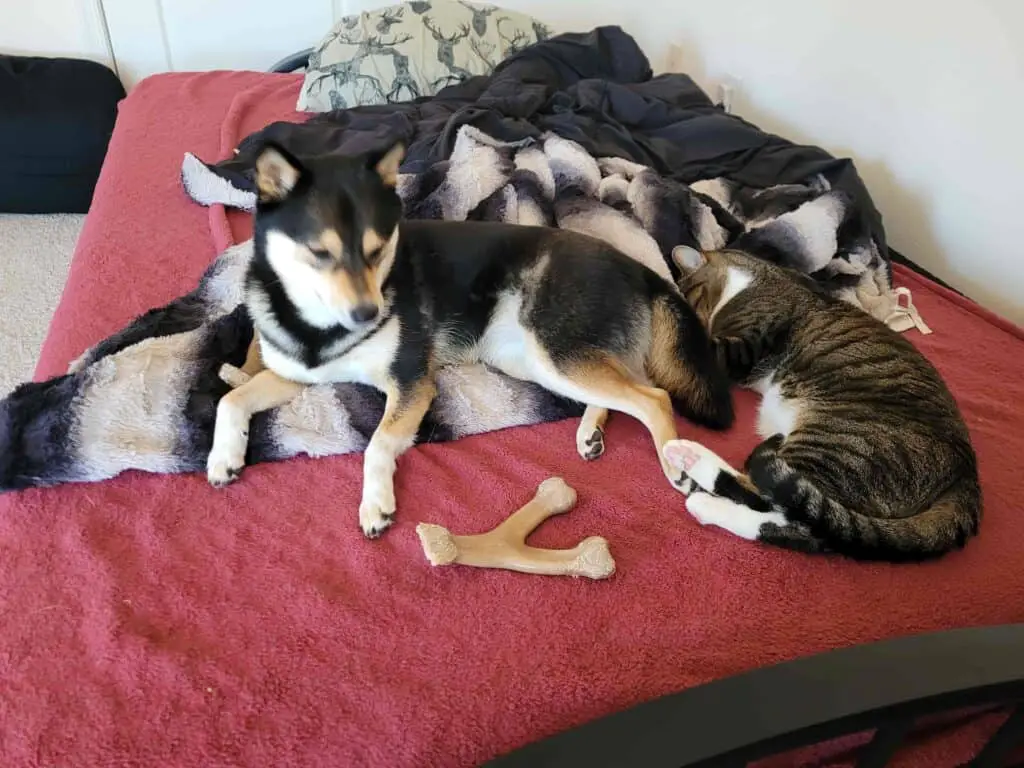
Shiba Inus, known for its fox-like appearance, also shares many similarities with cats. Here are some cat-like qualities that Shibas possess:
- Grooming: Like cats, Shibas are fastidious groomers and spend a lot of time cleaning themselves. Their dense double coat requires regular brushing to keep it healthy and shiny.
- Independence: Shibas are independent dogs and can be aloof at times, much like cats. They are not always eager to please their owners and may have a mind of their own.
- Agility: Like cats, Shibas are incredibly agile and light on their feet. They are known for their ability to jump and climb and can easily navigate through small spaces.
- Cleanliness: Shibas are naturally clean dogs and are known for their fastidious nature, much like cats. They are not prone to excessive drooling or slobbering and are generally odorless.
- Playfulness: Shibas have a playful and mischievous nature, much like cats. They love to play games and can be quite entertaining to watch.
12) Training A Shiba Is An Experience
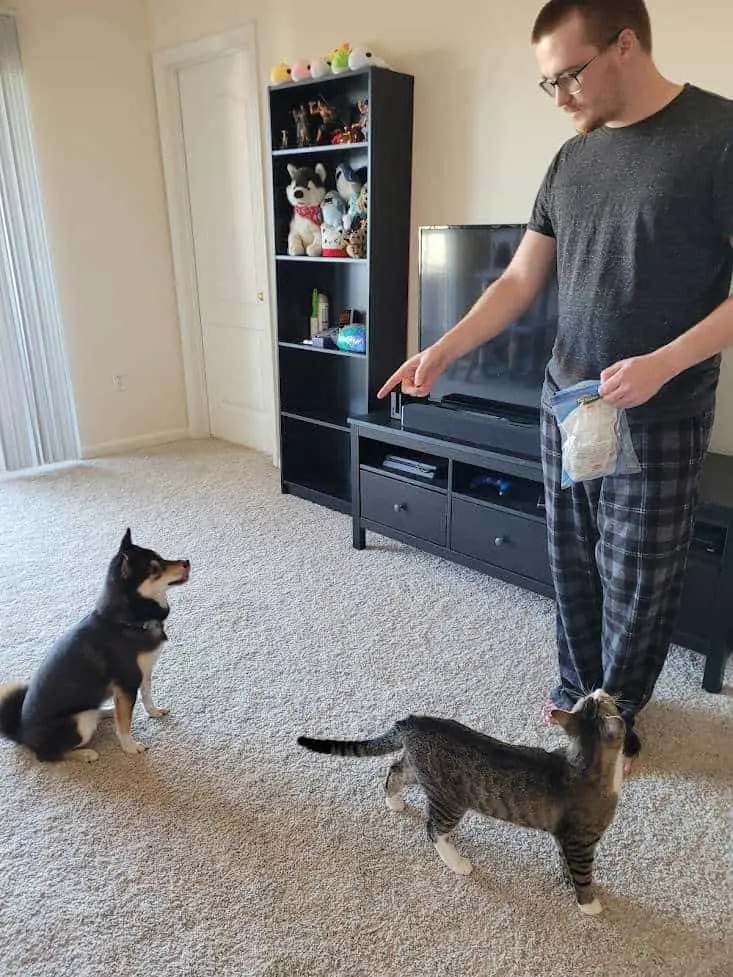
Training a Shiba can be a challenging but rewarding experience. Shibas are known for being independent and stubborn, which can sometimes make training difficult. However, you can successfully train your Shiba and develop a strong bond with them with patience and consistency.
It’s important to start training your Shiba at a young age to establish good habits and prevent bad behaviors from developing. Positive reinforcement is key when it comes to training a Shiba. Rewarding good behavior with treats, praise, or playtime will encourage your Shiba to repeat that behavior.
Shibas are intelligent dogs who can quickly learn new commands but can also be easily distracted. Keeping training sessions short and focused is important to prevent your Shiba from losing interest.
One of the most challenging aspects of training a Shiba is their tendency to be stubborn. Shibas are independent thinkers and may not always obey commands, especially if they don’t see the point in doing so. It’s important to be patient and consistent with your training and to use positive reinforcement to encourage good behavior.
13) Shibas Shed A Lot
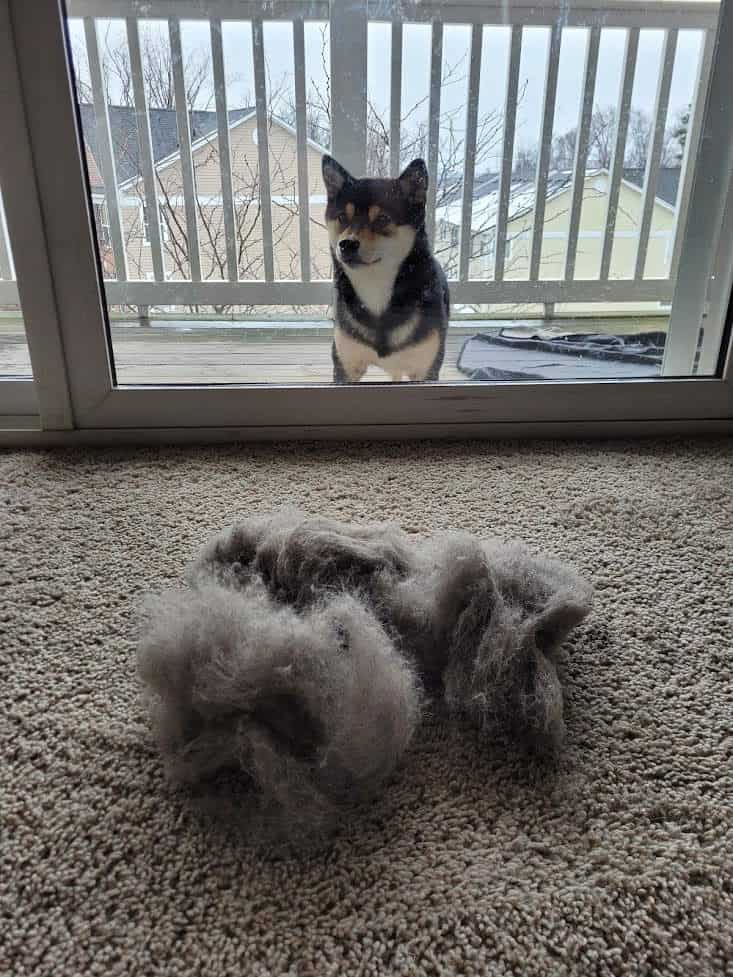
If you are considering getting a Shiba Inu, you should be aware that they shed a lot. Shibas have a thick double coat that keeps them warm in cold weather but also means they shed a lot of fur.
During shedding season, which occurs twice a year, Shibas shed their undercoat in large quantities. You can expect to find fur all over your furniture, clothing, and floors during this time.
To manage the shedding, you should brush your Shiba regularly. This will help remove loose fur and prevent it from accumulating in your home. You may also want to invest in a good vacuum cleaner to make cleanup easier.
It’s important to note that while Shibas do shed a lot, they are not hypoallergenic. If you or someone in your household has allergies, a Shiba Inu may not be your best choice.
14) Shiba Inus Are Surprisingly Clean Dogs
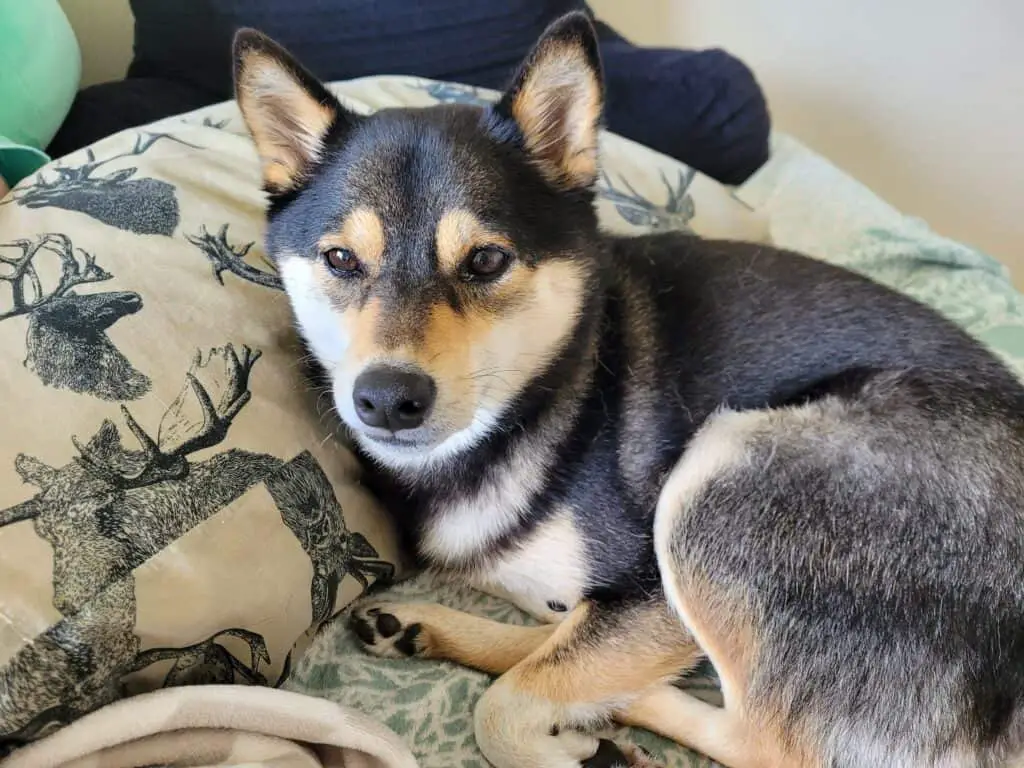
You might think that all dogs are messy and require a lot of grooming, but Shiba Inus are surprisingly clean dogs. They have a natural inclination to keep themselves clean, similar to cats.
Shiba Inus are known for their fastidious grooming habits. They spend a lot of time licking themselves to keep their fur clean. This means that they rarely need to be bathed, which is great news for dog owners who don’t want to spend a lot of time grooming their pets.
Their clean habits extend to their environment as well. Shiba Inus are not known to be destructive or messy dogs. They are not likely to chew on furniture or make a mess in the house.
However, it’s important to note that Shiba Inus does require some grooming, just like any other dog. They shed their thick fur twice a year, so brushing them regularly is important to prevent matting and tangling.
15) Shibas Really Do Scream
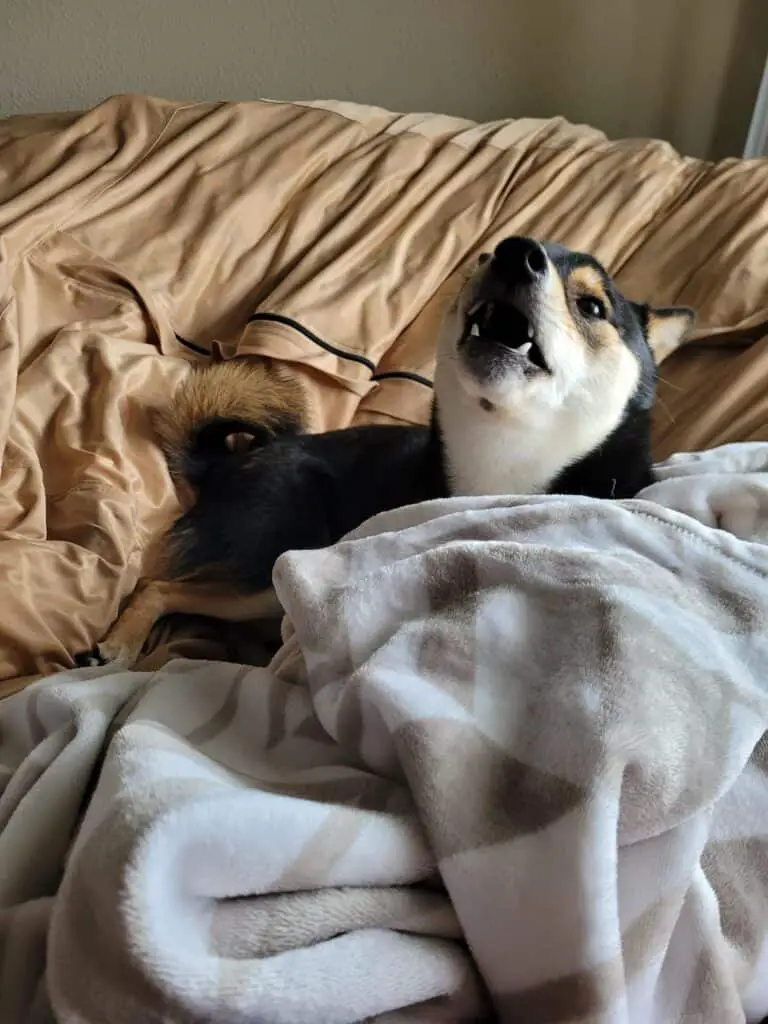
You might have heard your dog scream at least once if you’re a Shiba owner. While it can be alarming, it’s actually a normal behavior for Shibas.
Shiba screams are high-pitched and can be mistaken for a human scream or a cat’s meow. They are often triggered by excitement, fear, or pain. For example, if a Shiba sees a squirrel outside, they might scream out of excitement and frustration that they can’t chase it.
It’s important to note that Shiba’s screams are not a sign of aggression. They are simply a vocalization that Shibas use to express their emotions.
If you’re concerned about your Shiba’s screaming behavior, consulting with a veterinarian is always a good idea. They can help rule out any underlying medical issues that might be causing the screaming.
16) Some Of The Most Famous Dogs On The Internet Are Shibas
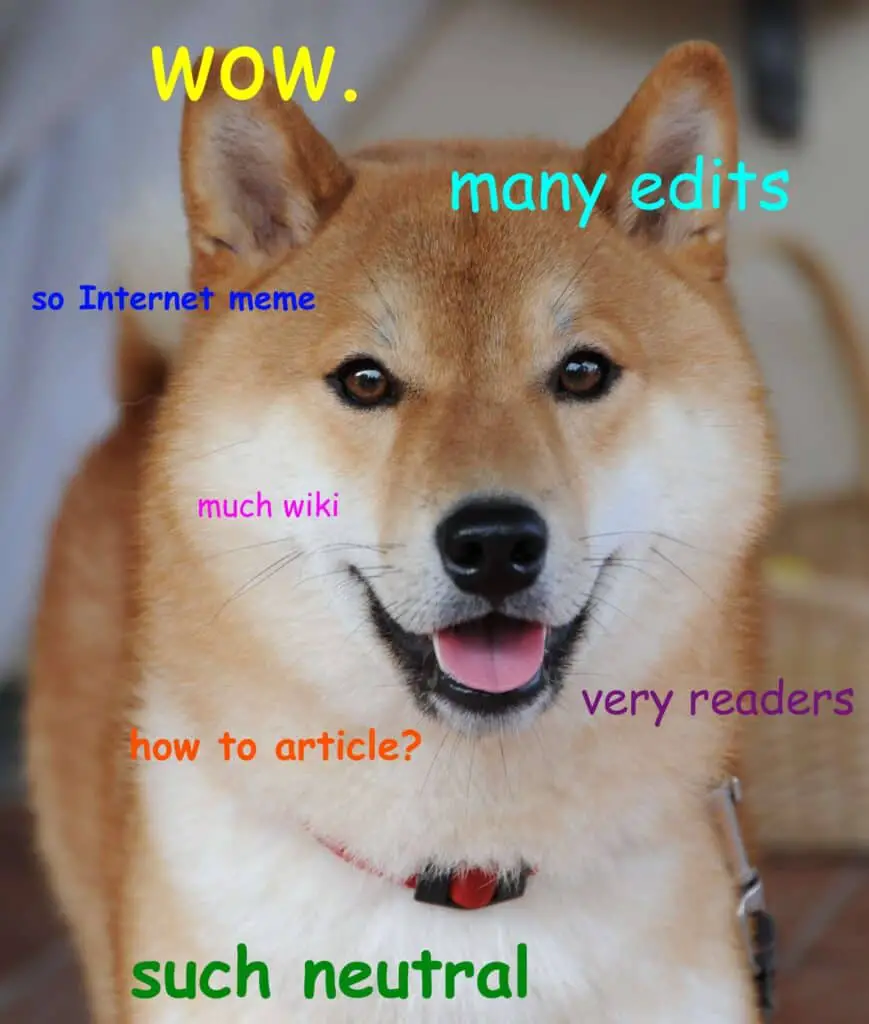
When it comes to internet fame, Shibas are definitely a breed to watch. These adorable pups have captured the hearts of millions of people around the world, and it’s not hard to see why. Here are a few examples of the most famous Shiba dogs on the internet.
Maru Taro
Maru Taro is one of Instagram’s most popular Shiba dogs, with over 2.6 million followers. This fluffy pup is known for his adorable expressions and playful personality. Maru Taro’s owners regularly post pictures and videos of him playing, sleeping, and exploring the world around him.
Shiba Inu Puppy Cam
The Shiba Inu Puppy Cam is a live stream of a litter of Shiba puppies that has been running since 2008. The cam has gained a huge following, with millions of people tuning in to watch the puppies play, sleep, and grow. The cam has even spawned a few spin-off channels featuring other breeds of puppies.
Kabosu
Kabosu is a Shiba dog from Japan who became famous after her picture was used in the “Doge” meme. Since then, Kabosu has gained a huge following on social media, with over 250,000 followers on Instagram. Kabosu’s owners regularly post pictures and videos of her doing cute and funny things, and she has become a beloved internet celebrity.
ShibaScream
ShibaScream is a YouTube channel that features videos of Shiba dogs “screaming” in response to various stimuli. The channel has gained a huge following, with millions of people tuning in to watch these adorable dogs make their unique vocalizations. The channel also features videos of Shibas playing, sleeping, and doing other cute things.
Summary
You’ve probably heard of the Shiba Inu if you’re a dog fan. But did you know that these adorable pups are one of the oldest dog breeds in the world? Here are some fun facts about Shiba Inus that you may not know:
- Shiba Inus are native to Japan and were originally bred to hunt small game-like birds and rabbits.
- They are known for their fox-like appearance, with pointed ears and a curly tail.
- Shiba Inus are a small to medium-sized breed, weighing between 17 and 23 pounds on average.
- They are known for their independent and sometimes stubborn personalities, which can make them a challenge to train.
- Shiba Inus have a high prey drive and should always be kept on a leash or in a secure, fenced area.
- Despite their small size, Shiba Inus are known for their endurance and can be great hiking or running companions.
- They are also relatively low-maintenance when it comes to grooming, with a thick double coat that sheds seasonally.
- Shiba Inus are becoming increasingly popular as pets, but it’s important to do your research and find a reputable breeder to ensure you get a healthy and well-socialized puppy.
Frequently Asked Questions
What Is Special About Shiba Inu?
Shiba Inus are a unique breed of dog. They are known for their fox-like appearance, curly tail, and small size. They are also very intelligent and independent dogs, making them great pets for people who want a loyal companion that doesn’t need constant attention.
Why Are Shibas Always Smiling?
Shiba Inus have a natural upward curve to their mouths, which gives them a permanent smile. It’s just how their faces are shaped, and it doesn’t necessarily mean that they’re always happy or content.
Are Shibas Waterproof?
Shiba Inus have a thick double coat that is water-resistant but not completely waterproof. They can get wet and cold if they are exposed to water for too long, so it’s important to keep them dry and warm in wet weather.
Why Don’t Shiba Inus Like To Cuddle?
Shiba Inus are independent dogs that don’t like to be held or cuddled for extended periods of time. They prefer to be near their owners but not necessarily touching them. This behavior is part of their nature and is not a sign of aggression or dislike.
Why Does Shibas Cry A Lot?
Shiba Inus are known for their vocalizations, which can include a high-pitched scream or cry. They use this sound to communicate with their owners and other dogs, but it can also be a sign of anxiety or stress.
Do Shiba Inus Have Wolf In Them?
Shiba Inus are not directly descended from wolves but share a common ancestor with them. They are one of the oldest dog breeds in the world and have been around for thousands of years.
Why Do Shibas Put Their Ears Back?
Shiba Inus puts their ears back when they are feeling anxious or submissive. It’s a way for them to communicate that they are not a threat and are not looking for a fight. It’s important to pay attention to your Shiba’s body language to understand how they are feeling.
